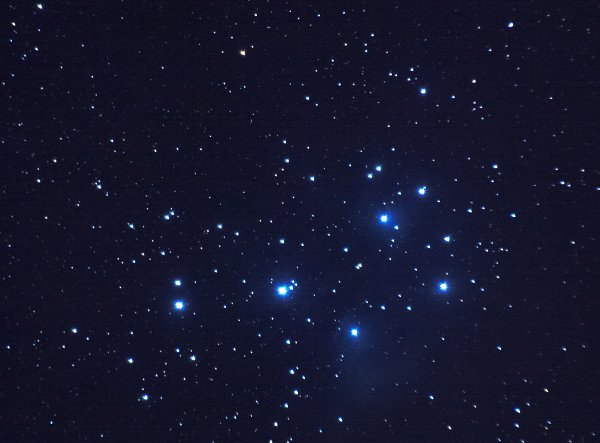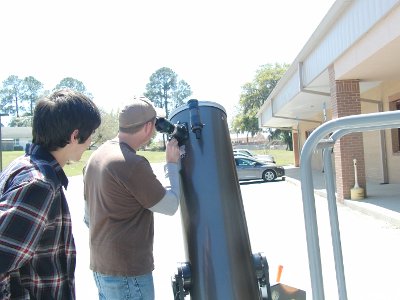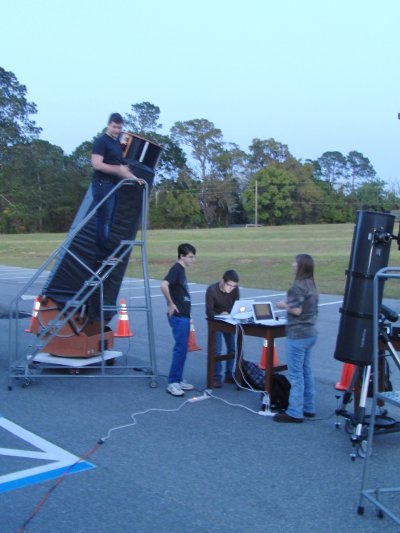Contact NFC
Dr. Guenter Maresch
Physics and Astronomy Instructor
850-973-1632
mareschg@nfc.edu
AST 1002 Introduction to Astronomy |
AST 1002 is a three credit hour class introducing the student to the models and nomenclature of modern Astronomy. This includes the solar system, the Milky Way, and the universe. The historical perspective is emphasized. Experimental methods of astronomical observation are presented. This is a lecture class with very limited activities - If you want to look at the moon, the planets and the stars, the Astronomy Laboratory is what you need to do in addition to the lecture course.
AST 1002L Astronomy Laboratory |
The Astronomy Lab introduces the student to the practical application of methods for observation and analysis of celestial electromagnetic radiation. Each student will learn how to set up and operate different types of telescopes, including solar telescopes, one of the largest telescopes in North Florida, a radio telescope, and the NFC Astronomical Observatory. Depending on season and weather conditions, the lab sessions can be indoors or outdoors, during day time or in the early evening. Awareness of the schedule is important. Each week there will be only one two-hour lab meeting.
NAO - NFC Astronomical Observatory |
Among the several telescopes, the Ritchey-Chrétien instrument at the Observatory is a research grade telescope. The instrument is housed in a dome, which is located away from light pollution, thirty miles off-campus at a selected dark site in the country. All devices in the observatory are remote controlled and can be operated from anywhere. The telescope and its mount form with all supporting devices a robotic system, which is capable of fully automatic functions supporting astronomical observations.
Astronomy Club |

M 45 Pleiades - The Seven Sisters. Hot blue and extremely luminous stars that have formed within the last 100 million years, located in our galactic neighborhood at a distance of 450 light years.

Solar observation - sunspots through a special filter, equipped for safe observation. NEVER look directly into the Sun!

Astronomy Lab: Preparations for Night Observation.

